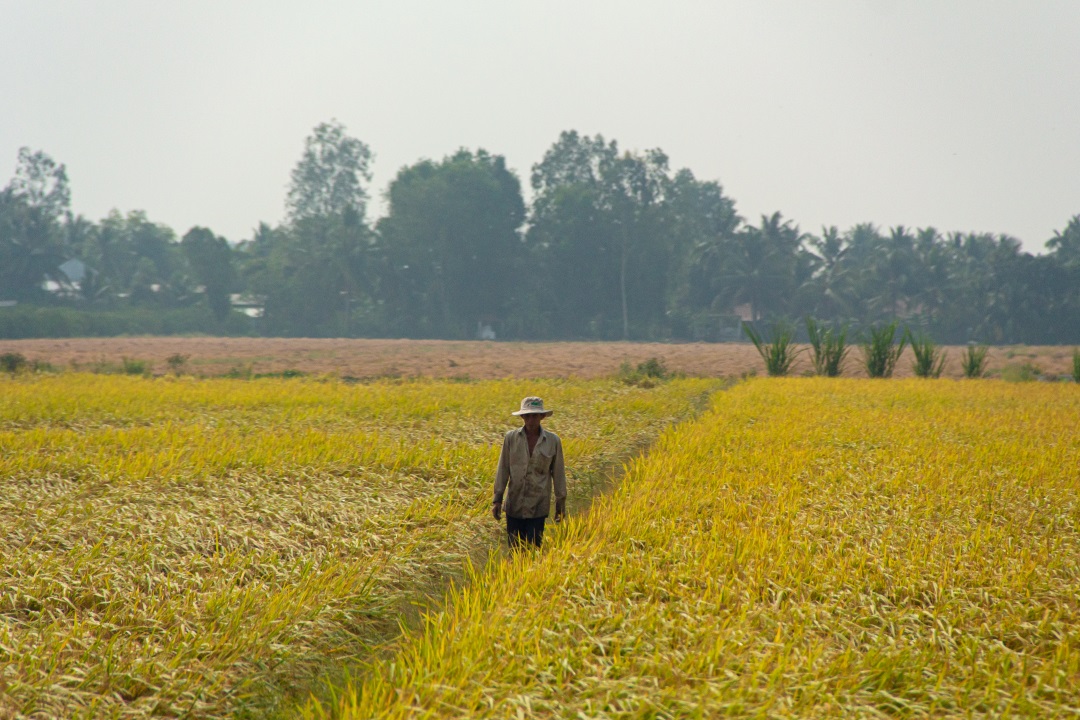HCMC – Can Tho City plans to develop 48,000 hectares of high-quality rice by 2030, increasing its focus on sustainable agricultural practices and emission reductions in the Mekong Delta.
By 2025, the city will cultivate 38,000 hectares of high-quality rice, and by 2030, the figure will rise to 48,000 hectares.
The city has initiated the “Sustainable Development of One Million Hectares of High Quality and Low-Emission Rice Associated with Green Growth in the Mekong Delta by 2030” program.
The project will particularly enhance rice cultivation in Vinh Thanh, Co Do, and Thoi Lai districts. This initiative seeks significant advancements in farming efficiencies and environmental sustainability.
According to the plan, all areas would adopt sustainable farming practices by 2030. These areas will receive certifications such as Good Agricultural Practices (GAP).
The city also plans to fully mechanize over 50% of its rice-growing areas by 2025, involving more than 32,000 farming households. This figure is set to rise to 70% by 2030, with over 42,000 households expected to adopt mechanized farming. These measures are anticipated to reduce post-harvest losses to below 10% by 2025 and further to under 8% by 2030. Moreover, by 2030, Can Tho aims to collect and reuse 100% of rice straw, increasing from 70% by 2025.
The initiative also includes environmental goals, such as reducing greenhouse gas emissions by more than 10% by 2025. Economic benefits are also projected, with a 30% increase in the value added to the rice production chain and farmers’ profit expected to exceed 40% by 2025.
Low-emission rice exports from the region are expected to account for over 20% of total rice exports by 2030.
To facilitate these advancements, Can Tho will establish a steering committee this year to oversee technical support, training, and infrastructure upgrades.
The Mekong Delta city currently has 144,000 hectares of natural land, of which nearly 80% is used for agriculture.









